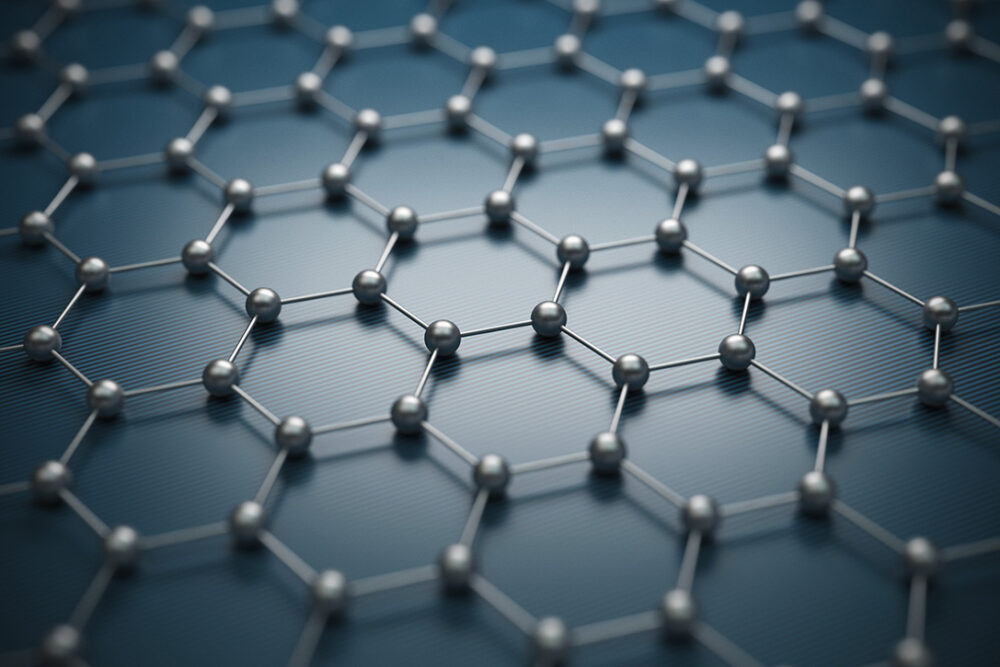Graphene, a monolayer of carbon atoms arranged in a two-dimensional honeycomb lattice, has been heralded as the “wonder material” of the 21st century. Its staggering properties—extreme tensile strength, remarkable electrical conductivity, and exceptional thermal conductivity—have spurred extensive research and development efforts. However, despite the initial excitement surrounding graphene, there is an emerging discourse questioning its viability as a transformative material across various industries. This article endeavors to elucidate whether graphene is indeed a failed wonder material or simply a waiting marvel with untapped potential.
The fascination with graphene often stems from its superior theoretical properties. Researchers have exhibited how it outstrips steel in strength, surpasses copper in electrical conductivity, and exhibits a thermal conductivity exceeding that of diamond. These attributes have ignited imaginations from the realms of electronics to materials science and biomedical applications. The question arises: why, given its promise, has widespread commercialization remained elusive? This conundrum is not merely a question of material properties but invokes a deeper consideration of the nuances of research, industrial application, and scalability.
A pivotal observation regarding graphene’s commercialization is the complexity associated with its synthesis and reproducibility. While methods such as mechanical exfoliation and chemical vapor deposition have allowed researchers to isolate and study graphene, these techniques often fall short when it comes to producing the high-quality material in bulk. The transition from laboratory-scale production to industrial-scale fabrication presents formidable challenges. Variability in quality and the necessity for sophisticated fabrication techniques complicate the standardization required for mainstream adoption. Thus, the challenges of achieving scalable production without compromising the integrity of the material become a significant barrier.
Moreover, the various allotropes and derivatives of graphene, such as reduced graphene oxide and graphene oxide, introduce additional complexity. While these materials may exhibit unique traits that are advantageous for certain applications, they do not always fulfill the expectations set by pristine graphene. This divergence necessitates a nuanced understanding of the material’s behavior in different contexts, illustrating a potential source of disillusionment among researchers eager for graphene’s swift integration into existing technologies.
The realm of electronics provides a pertinent case study. Graphene’s purported advantages in developing faster transistors, flexible screens, and sensors have been met with tantalizing prototypes yet insufficient commercial viability. The prevailing semiconductor industry is entrenched in silicon technology, which has benefitted from decades of refinement and optimization. The integration of graphene into existing fabrication processes poses inherent obstacles. Silicon remains a mature technology, and while graphene may offer superior performance, transitioning to a new substrate involves daunting engineering challenges, including the development of new circuit designs and fabrication techniques.
Additionally, the intricacies of incorporating a new material into established supply chains cannot be understated. Stakeholders are often hesitant to invest in unproven technologies due to the high financial risks involved. Consequently, despite the extraordinary promise of graphene, concerns regarding the cost of development, compatibility with existing technologies, and the time frame for return on investment contribute to the reluctance of industry players to fully embrace graphene-based innovations.
In the sphere of energy storage and conversion, while graphene’s high surface area and conductivity make it an appealing candidate for batteries and supercapacitors, the practical applications have yet to be realized on a commercial scale. Numerous studies heralding graphene-enhanced devices have fallen short of delivering the anticipated performance boosts required to sway consumers and investors alike. This brings to light the broader question of hype versus utility in the realm of emerging materials. Often, the initial projections may overestimate performance metrics or underestimate infrastructural barriers.
This phenomenon can be viewed through the lens of historical patterns observed with other materials, such as carbon nanotubes. Initially received with great enthusiasm, carbon nanotubes experienced a similar trajectory of promise followed by stagnation, underscoring the importance of tempered expectations in scientific advancement. Graphene finds itself at a similar crossroads; the excitement surrounding its discovery must now be critically reassessed against tangible returns.
Nevertheless, declaring graphene a failed wonder material may be premature. Instead, it may be more apt to view it as a malleable solution poised on the brink of breakthroughs yet to be realized. Continued investment in research and development is crucial, as the exploration of novel applications or more efficient production methods may yield transformative advancements. Moreover, the collaborative synergy of interdisciplinary teams that encompass chemists, engineers, and industry stakeholders can foster innovative solutions to overcome existing challenges.
In conclusion, grappling with the question of whether graphene is a failed wonder material or a fleeting promise requires a multifaceted perspective. It is a testament to the complexities of material science, wherein theoretical prowess does not automatically translate into practical applications. While the journey towards successful commercialization remains laden with obstacles, it also holds the potential for paradigm-shifting discoveries. Thus, the narrative surrounding graphene is not one of failure, but rather one of resilience and the continuous quest for innovation. To regard graphene merely as a failure overlooks the potential that, with persistence and ingenuity, it may yet fulfill its promise.












